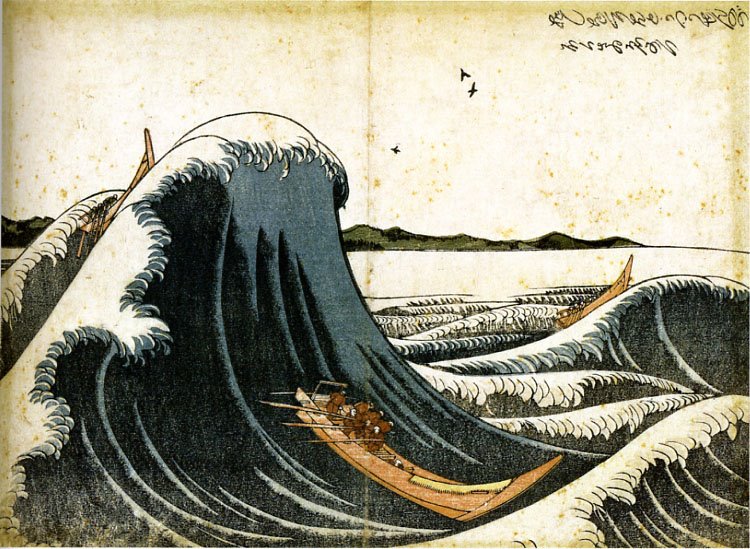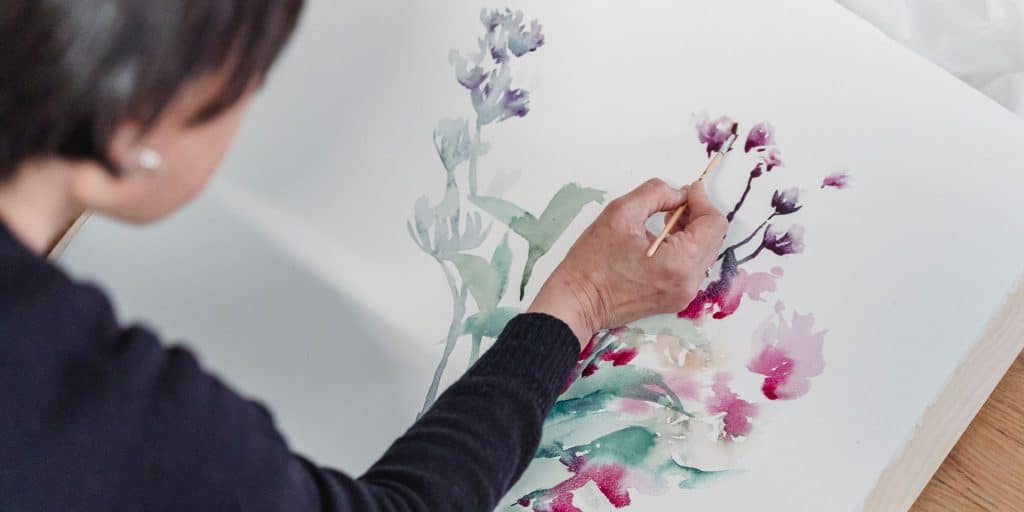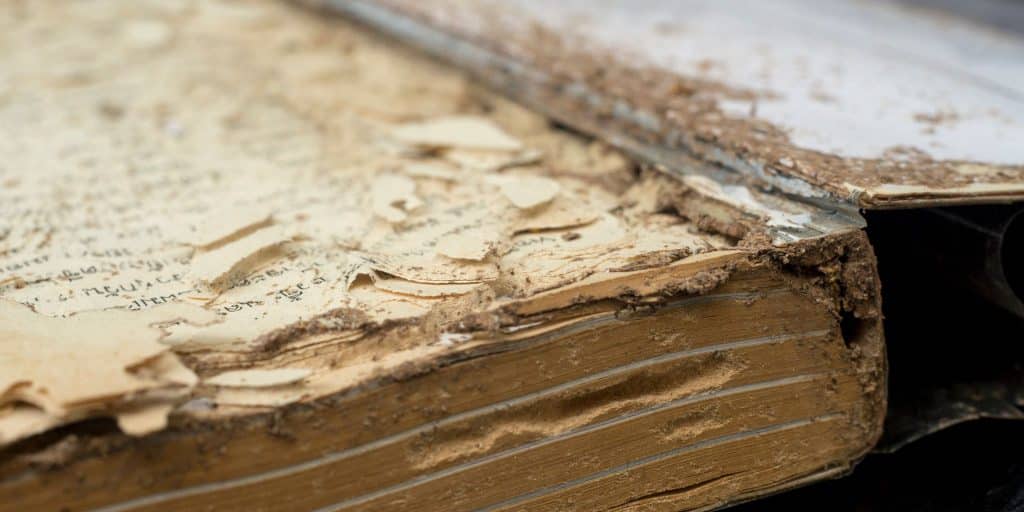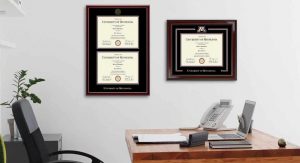
Did you know that your framed document is vulnerable to fading, mildew, and disintegration from many different sources? That’s why it is essential that you protect framed artwork and documents from the get-go to prevent irreparable damage. In this guide, we explore descriptions of some of the most pervasive causes of deterioration, which include moisture, insects, acids, and light. And we’ll uncover the best ways to prevent mold growth and water damaged documents.

Moisture Damage
Any framed document or piece of work is vulnerable to damage if moisture from the air is absorbed into porous materials like paper. This exposure can warp the paper and encourage mold growth. A mild effect of moisture damage is cockling, which causes a sheet of paper to expand more in one direction than another. This will create a wavy appearance of organic matter inside the frame rather than lying flat.
If the effects are not severe and not detracting from the piece, conservators recommend leaving the artwork or recycled paper document alone rather than stretching or mounting the piece. Artwork will change according to the weather, both indoors and outdoors. It can cause paper to appear wavy in hot, humid months and more flat at cooler times during the year. That’s why stretching the art could ultimately damage the piece more than letting the paper react naturally.
Humidity is a large factor in moisture damage. When humidity is high, it may cause chemicals and acids within the paper to break down, making the paper weak and brittle; the higher the humidity, the faster the process. Humidity is also responsible for why mold grows. This exposure to molds and types of fungi can attract insects.
Mildew is the beginning stage of mold growth and is typically smelled before it’s seen. Once it matures into the mold fungus, it appears as green or black mold. These mold problems attack by digesting the cellulose fibers within the paper, breaking it down and leaving stains. To treat mold, take the piece out of the humid environment to dry out. This will not kill the mold spores but will help with controlling moisture and stop further growth. To kill the spores, the document must be fumigated by a professional conservator.
The best way to avoid damage from moisture is to keep artwork in a well-ventilated area away from humidity. It’s best to check ceiling tiles and building materials to ensure there are no water leaks. This prevention will also help residents avoid an allergic reaction to mold spores. It’s recommended that humidity be kept below 60% in the frame, and this constant temperature can be kept by running an air conditioner, fan, or dehumidifier.

Insect Damage
There are many insects that can destroy artwork. The most common culprits include silverfish, book lice, wood worms, termites, and cockroaches. Insect attacks may go unnoticed until there is extensive damage or a complete infestation. Damage caused by insects will appear as holes in the paper or stains left by the insects’ excrement. If an infestation has occurred, the artwork must be brought to a professional conservator or be treated by a certified exterminator.
Different insects will affect artwork in different ways. Silverfish feed on starch, cellulose, and bleached wood pulp paper. They will completely destroy and devour documents. Book lice live in damp areas and feed on mold, starch, organic glues, cloth, silk, and leather. Woodworms and termites will both eat through wood and paper, however, woodworms will tunnel through the artwork for up to five years. Finally, cockroaches will cause mainly surface damage to paper, fabric, and adhesives that contain sugar.
Acid Damage
Acids are found in certain matboards and in paper itself. Over time, they will eat away at the cellulose in paper, making it brittle and causing it to turn yellow. Although mats and products may be listed as “acid-free,” artwork can absorb pollutants and airborne acids, which will have these same effects. As paper and mats become more acidic with age, it is important to control the environment around the artwork to slow down the process.

Light Damage
Light damage on artwork is the most pervasive and difficult to avoid. Light causes fading, color changes, chemical alterations in paper and paint, and degrading cellulose. The speed and degree of damage to artwork depends on the intensity of the light source and the duration of exposure. To avoid damage, paper should be displayed under the lowest practical light levels, and spotlights and picture lights should never be aimed directly at the art. Also, avoid placing artwork in places where it will be exposed to direct morning and afternoon sunlight.
Other causes of damage to art include air pollution, heat, and improper handling and storage. All of these factors may increase the chances of airborne pollutants and acids attacking the piece and causing significant damage. These elements also may lead to damage from moisture and insects as well.
At Church Hill Classics, we understand the importance of using archival-quality materials to ensure the safety and longevity of your treasured artwork, photographs, and documents. Our glass options and archival-quality matting, backing, and mounting elements meet the stringent Library of Congress standards for document preservation. It’s how we earned the Museum Quality Document Protection Seal! Give your valuable documents the very best protection and start framing them today!










